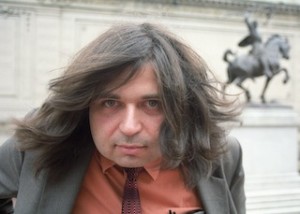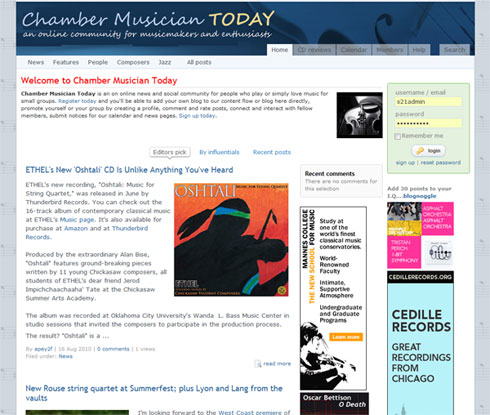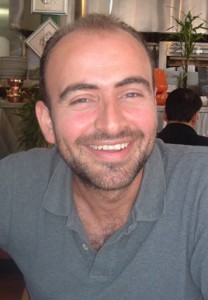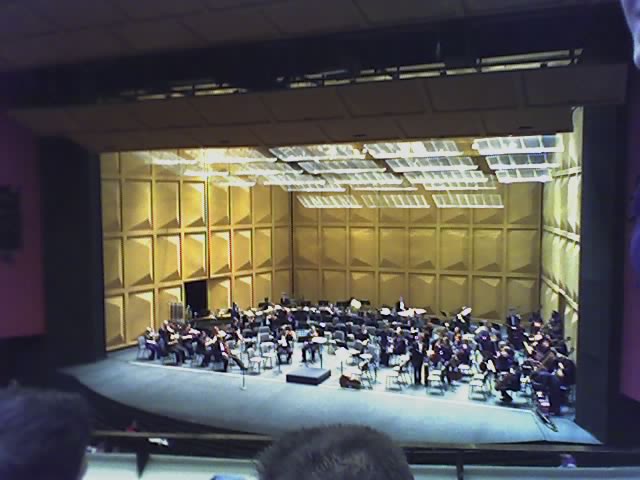 Friend, trumpeter, Co-Artistic Director of ANALOG arts and S21 pal Joseph Drew, today on his own ANABlog space shared a few more thoughts on the economic realities of today’s orchestra. Joe had already written some about this earlier this year, but was prompted to bring it up again after spotting a post by the Music Director of the Edmonton Symphony Orchestra, Bill Eddins, over at his own blog.
Friend, trumpeter, Co-Artistic Director of ANALOG arts and S21 pal Joseph Drew, today on his own ANABlog space shared a few more thoughts on the economic realities of today’s orchestra. Joe had already written some about this earlier this year, but was prompted to bring it up again after spotting a post by the Music Director of the Edmonton Symphony Orchestra, Bill Eddins, over at his own blog.
An excerpt from Joe:
Sounds like other folks are starting to wake up to the reality of the orchestral labor market. Last April, in response to the argument that salary cuts at major orchestras will prompt their members to flee to better-paying jobs, I argued: …where exactly are all these top-flight musicians going to go? To one of the other 17 full-time orchestras with a yawning budget deficit? The market for orchestral talent is hardly dynamic. There is far more supply than there is demand, and the dirty little secret is that the players aren’t what makes the orchestra great (see NY Phil: great players, underachieving ensemble). Buried in that BSO announcement last month is the fact that they are actually replacing two professional seats with amateurs from Peabody. What matters in an orchestra is who’s on the podium and who’s leading the sections. There’s plenty of room for fair to middling talent in even the great orchestras. […] For now, I’d just point out that what you are generally seeing in Baltimore, Detroit, Philly and other orchestras in similar straits is a dim recognition on the management’s part that the party might just be over, and a determination on the players’ parts to rebuild the bubble. Given their druthers, I get the impression that both sides would be happy to return to their Quixotic days inside the bubble, and that fundamental delusion is the biggest problem facing these institutions.
And an excerpt from Bill:
Two interesting situations are developing that on the surface may not seem connected but are actually deeply related. For better or for worse. Detroit. Charleston. One’s a biggie. The other’s a … not so biggie … though I’m sure that the musicians in Charleston who rely on those jobs to make a living would argue otherwise, and I can’t really blame them. What they have in common is that for years no one has taken adequate responsibility for the long term health of these organizations. Now they’re paying for it. […] While the big boys were jacking up their salaries over the past 40 years, and everyone else was trying to Keep Up With The Joneses, some serious systemic imbalances got contracted into the picture. No one seemed to mind deficit after deficit after deficit. But, unfortunately for us, only the Government has license to print money. The general economy is retrenching and the orchestra business isn’t going to be far behind. The admittedly excellent orchestras like Detroit are now in the position where decades of deficit spending and endowment raiding are going to come home to roost. Whether we like to admit it or not, we musicians have been complicit in this debacle. At some point the long-term health of an organization must be more important than how much the salary will increase during the next year of the contract.
So, how long until we’re a country with maybe 1000 living-wage musicians in 10-15 orchestras in only the biggest cities, and everybody else scraping what they can from wherever; and does that mean that most folk would be fools to invest years learning instruments that so few will pay them to play?
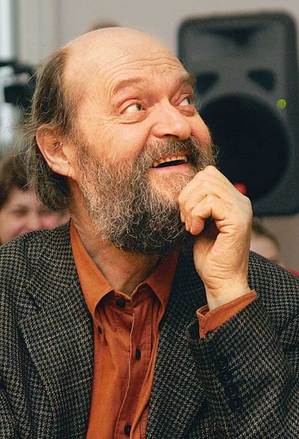
 Steve Reich’s latest
Steve Reich’s latest 
